Day 7: Kushinagar – Ramabhar Stupa
Travel Date: April 12, 2018
Ramabhar Stupa
The Ramabhar Stupa, located in Kushinagar, Uttar Pradesh, India, is a renowned Buddhist site. According to Buddhist scriptures, this stupa marks the place where Siddhartha Gautama, the Buddha, was cremated after attaining Mahaparinirvana. Following his cremation, the Buddha’s relics were distributed among eight kingdoms for veneration, and the Ramabhar Stupa is believed to be the exact location of the cremation.
Standing approximately 15 meters tall, the stupa was historically a flourishing center for pilgrimage. The name “Ramabhar” may be derived from local traditions or geographical features. Today, it serves as an important pilgrimage site for Buddhists, attracting devotees and visitors from around the world.
The Ramabhar Stupa symbolizes the teachings of the Buddha and the essence of Buddhist faith, offering a space for reflection on impermanence and the attainment of Nirvana.






Kushinagar
Kushinagar is a renowned Buddhist pilgrimage site in ancient India, located in present-day Uttar Pradesh, India. It is famous as the place where Siddhartha Gautama, the Buddha, attained Mahaparinirvana (final nirvana). According to the Mahaparinibbana Sutta, the Buddha passed away peacefully between the twin Sala trees in Kushinagar. After his passing, his disciples conducted a grand cremation ceremony here, and his relics were distributed among various kingdoms for veneration.
Historically, Kushinagar was a flourishing Buddhist center with numerous monasteries and monastic communities. However, it gradually declined due to political and historical changes. Modern archaeological excavations have reaffirmed its historical significance, making it one of the most important pilgrimage sites for Buddhists worldwide. Key attractions include the Mahaparinirvana Temple, housing a reclining Buddha statue, and the Stupa of Relics.
Kushinagar symbolizes the completion of the Buddha’s life journey and embodies the core Buddhist teachings of impermanence and liberation.

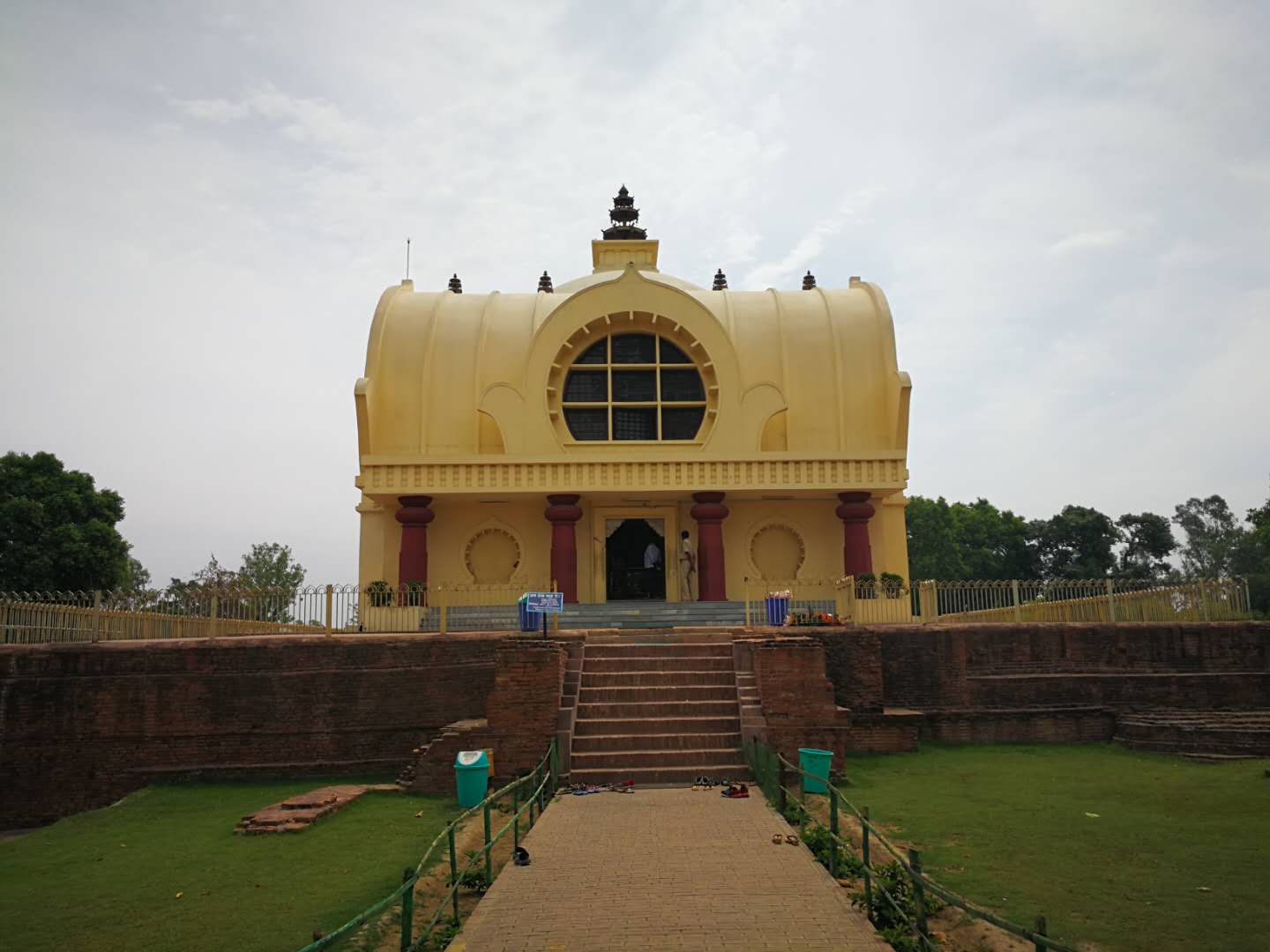

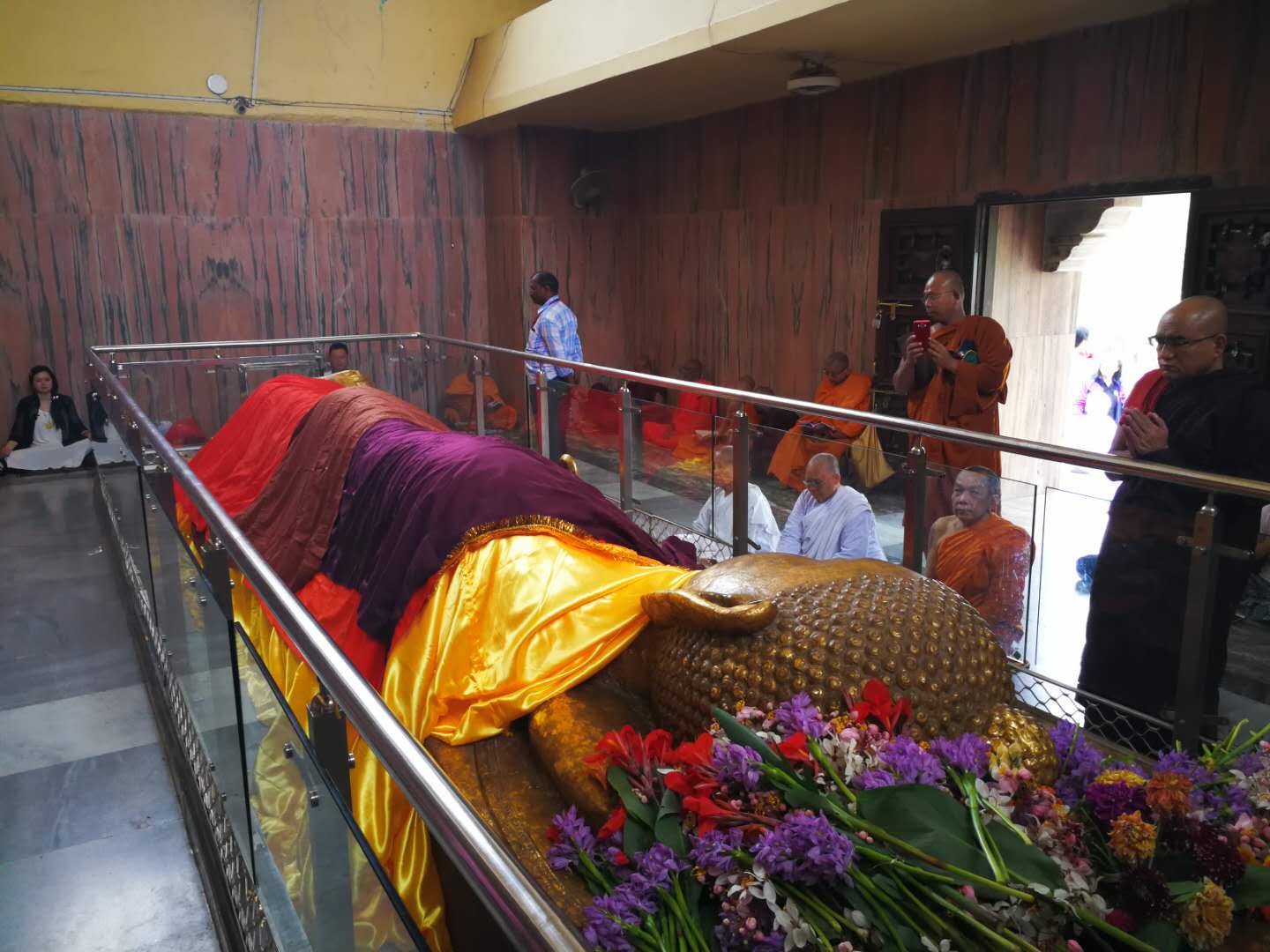

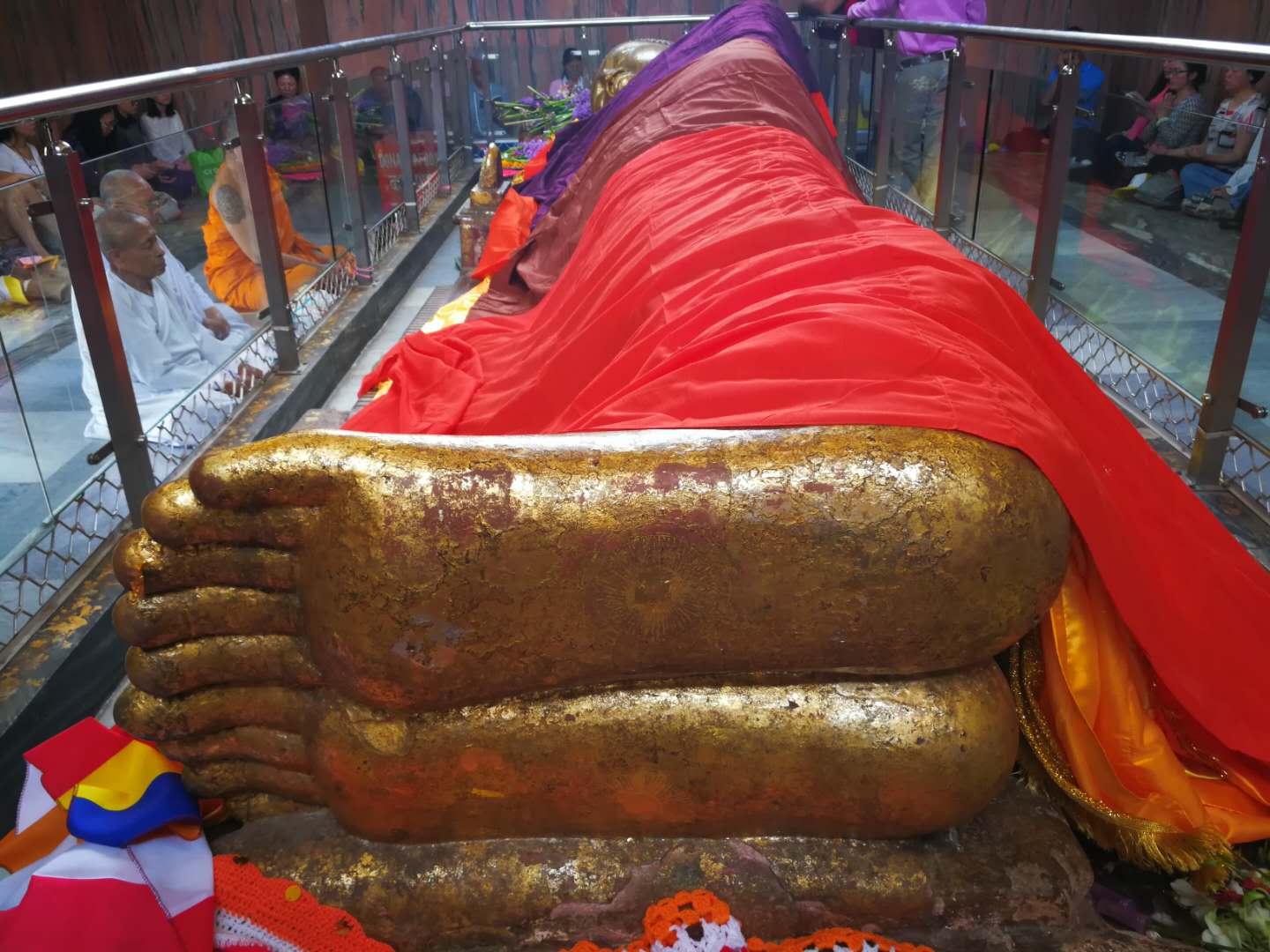





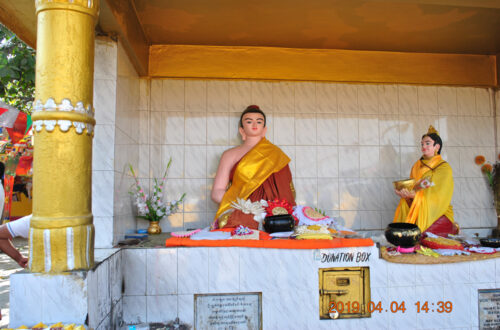
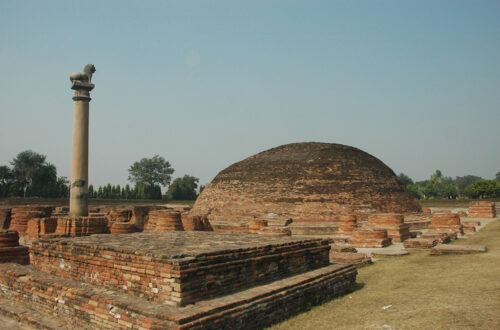
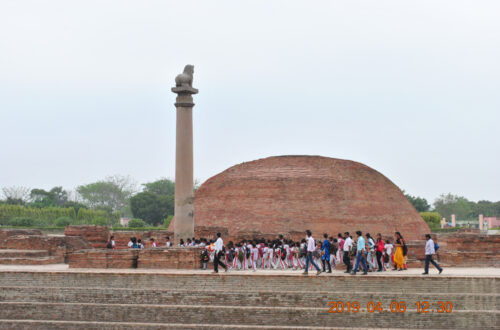
5 Comments
More information
The post is very informative and well-written. I liked reading it and gained a lot from it.
Alexa
I admire your passion for sharing knowledge with your readers. Thanks for all that you do.
Myles
It’s great to see someone passionate about their subject.
Elaina
You’ve tackled a complicated topic and made it easy to understand. Well done!
Xochitl
Your blog consistently grabs my attention throughout. I can’t help but read every single word you write.